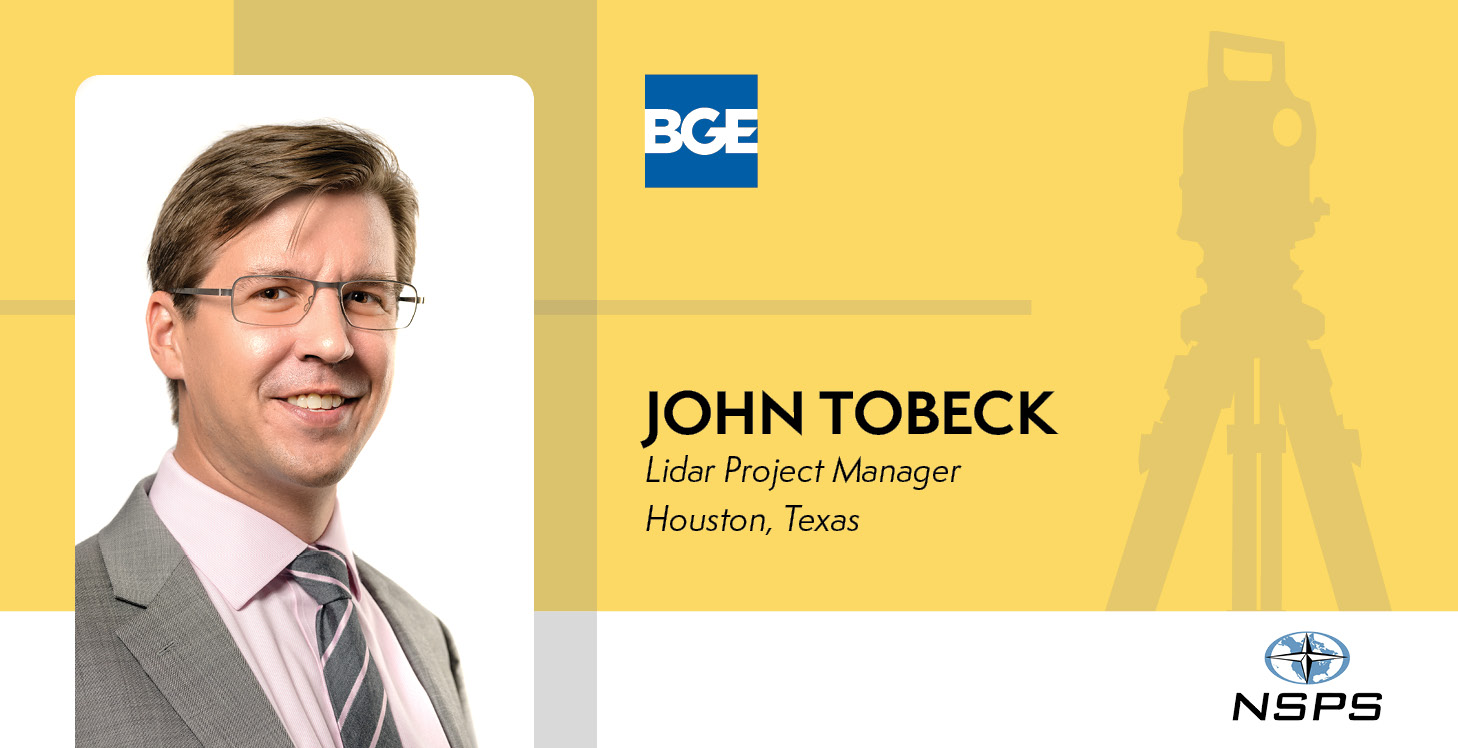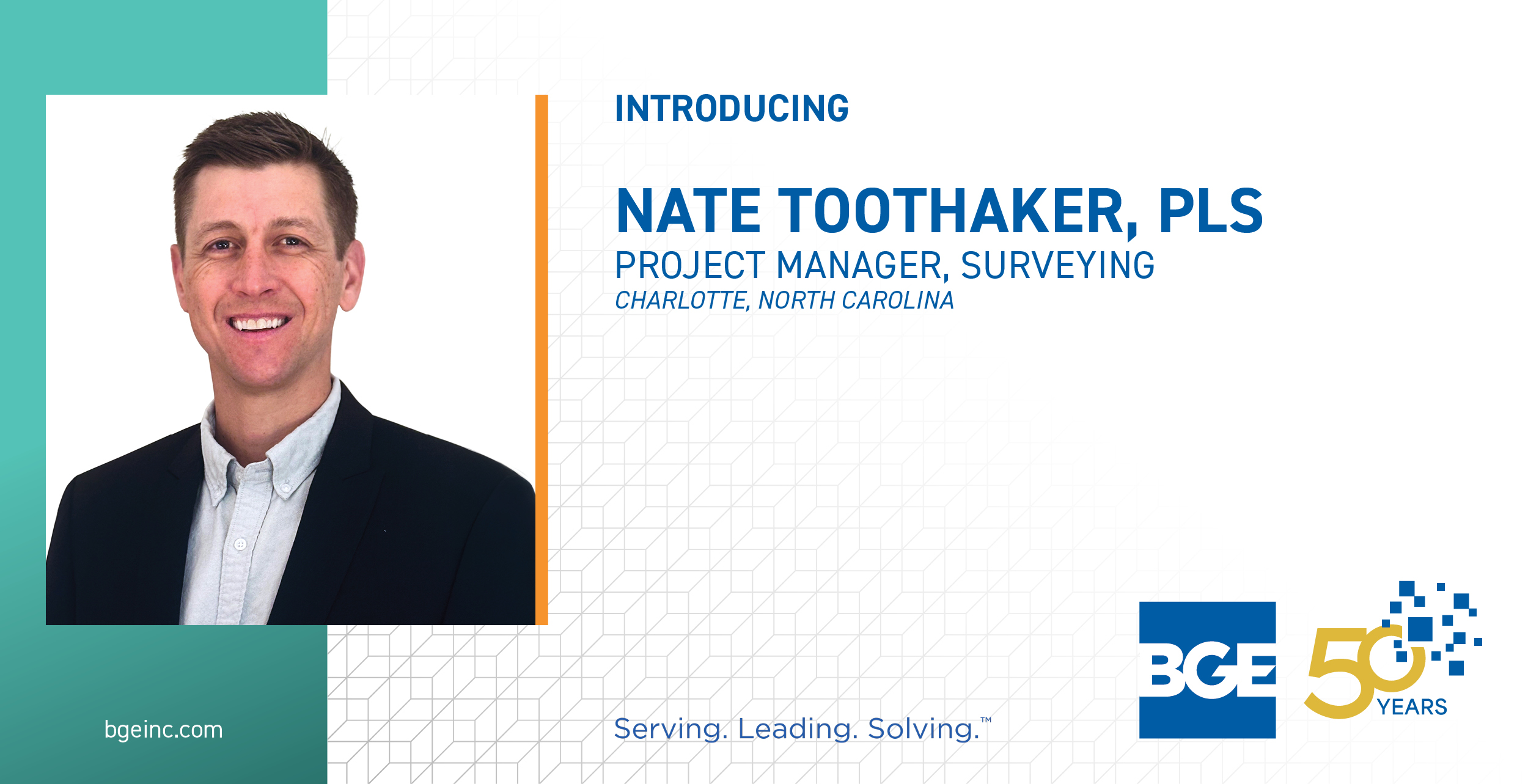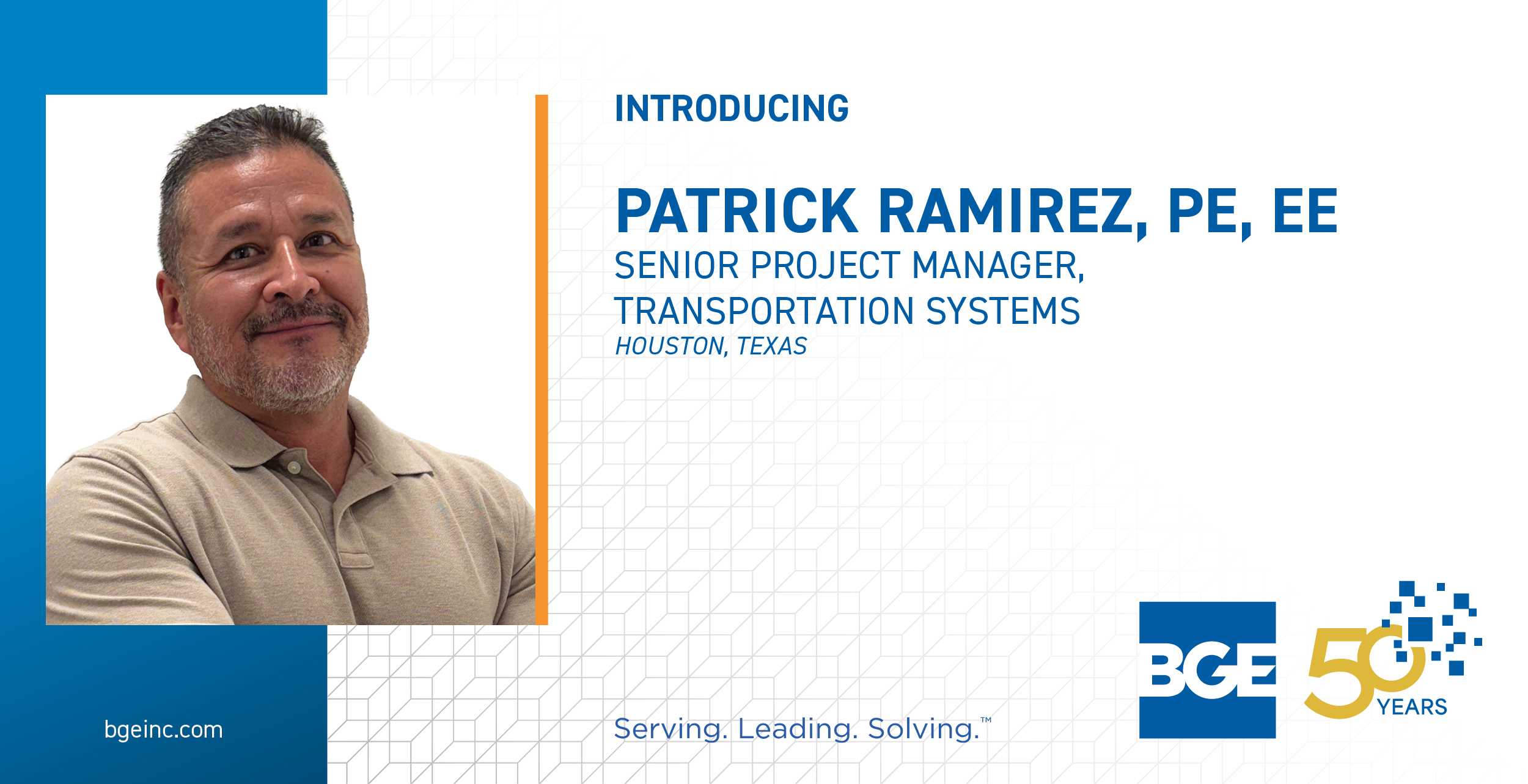What is the best part of your job at BGE?
Working with everyone. It sounds cheesy, but getting the chance to interact with and learn from everyone is a joy. Before BGE, I had no idea how much went into being a full-service civil engineering firm. It is amazing how many different specialized professionals we have here and how we all work together to make up one team at BGE.
What is the most rewarding aspect of being a surveyor?
Surveying has given me the opportunity to travel the world, experience new cultures, and learn new languages. Within my career, I have surveyed Mount St. Helens in the Pacific Northwest, observed natural oil seeps in the Gulf of Mexico, found an active whale fall off the coast of Senegal, scanned some of the oldest wind farms in California, and mapped the Formula One circuit in Las Vegas, Nevada.
Surveying has taken me to places I would have never imagined, and I am looking forward to the future at BGE!
What do you get out of surveying that you couldn’t get from any other kind of work?
Surveying has allowed me to use some really cool toys! I meant tools; yes. I definitely meant really cool tools. ?
We have an amazing fleet of aerial drones that scan hard-to-reach places and locate objects with clarity and precision. With drones, inspectors do not have to hang off the sides of bridges, and crews can stay off busy freeways. As much as they seem like toys, our tools are registered, insured, and flown by FAA-certified pilots.
How do you think technology will further change surveying in the future?
The most real-world application I can imagine is when we collect and analyze the data observed by self-driving vehicles. The scanners and positioning systems on them will only get better with time. They collect all this data from which we’ll know exact road conditions such as potholes and paint stripes. They expand our field of view, and we can see the types and conditions of curbs. Keep looking, and we can map clearance heights for power lines, bridges, and streetlights. Eventually, we are going to be asking ourselves what we do with all of this data instead of how we can acquire it.
If you could bury a surveyor time capsule for future generations, what three items would you include and why?
This time capsule would have to include a compass, a sextant, and a watch. With these items, we can determine latitude, longitude, and direction to help us navigate the world.




